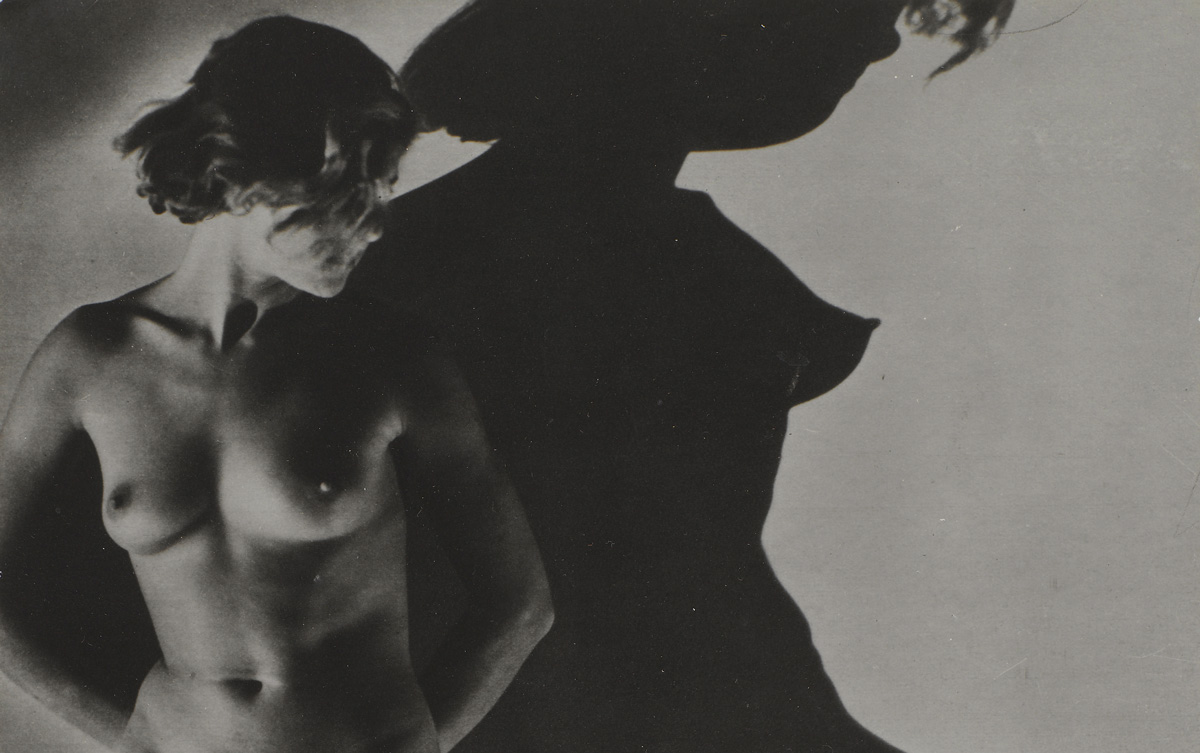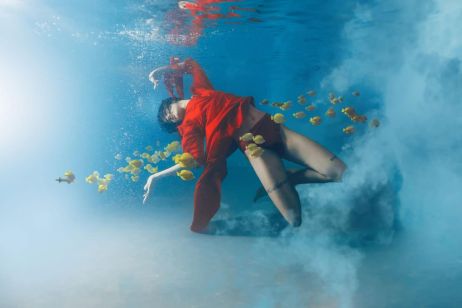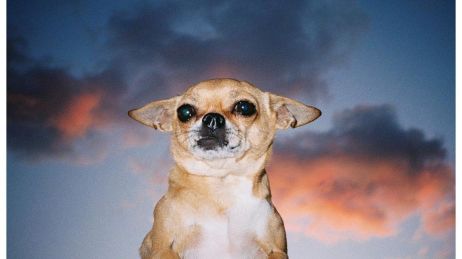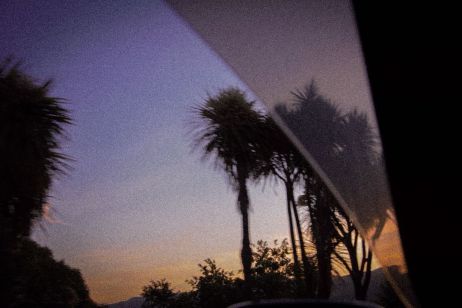Until July 29th, the Pompidou Center presents the exhibition Dora Maar. A retrospective retracing the French artist’s path, from her commissions to her surrealist experiments.
Nearly 400 artworks and documents retrace the life of Dora Maar, in Gallery 2 of the Pompidou Centre. Professional photographer, attracted by fashion and then surrealism, Pablo Picasso’s muse and painter, the artist has managed to make a place for herself in the artistic sphere of the 20th century. Divided into six chapters, the exhibition reveals her journey, from her modest beginnings to artistic experiments at the end of her career. Dora Maar was curious and inventive. Two qualities that helped her push the limits of photography and carve her place in a relatively masculine universe – since back then, women were often regarded as simple “inspirations” for creators.
After attending a progressive school to train young girls in the decorative arts, from 1923 to 1926, Dora Maar launched herself into fashion and architecture photography, while trying out photomontages and eroticism. During her travels and wanderings – in Barcelona, London or in the streets of Paris – the artist detached herself from commissions to capture grotesque urban landscapes. Deeply committed, she revealed the needy through her images. In the 1935s, her surrealist photomontages attracted public attention. It was at the same time that she met Picasso, with whom she began to have an affair. The two artists inspired each other, while Dora Maar became a model for the painter, and at the same time captured Guernica‘s construction. Finally, during the Occupation, the photographer turned to the 3rd art, and created melancholic still-lifes. After the war, her pictorial experiments led her to abstraction. A colossal artistic evolution, full of unknown treasures.

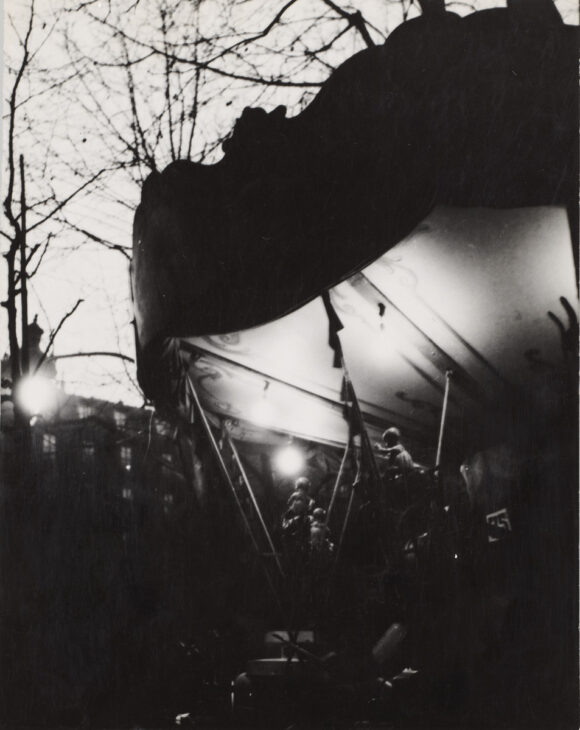
© à g. Adagp, Paris 2019, The J. Paul Getty Museum, Los Angeles, à d. The Cleveland Museum of Art
Between collage and magic
It was after meeting surrealist artists that Dora Maar immersed herself in the art of photomontage. Inspired by common themes: eroticism, sleep, the eye, the subconscious or even the maritime universe, the movement is based on irrationality and absurdity. Fascinated by these notions, the artist plays with photography to build strange works, between collage and magic. Her montages are distinguished by their plausibility (unlike the collages made by the dadas, which aim to bring together multiple aesthetics), and are composed of elements printed on photo paper.
Beautiful and disturbing, Dora Maar’s images testify to the movement’s affection for beauty and the grotesque. Among these creations, Le Simulateur reveals the photographer’s gift for editing. In a setting transformed into a sinister and claustrophobic cellar, a silhouette contorts itself in an inhuman way. Portrait d’Ubu, a pure photography, plays with the boundaries between dream and reality. What is this creature? Does it exist? The artist has always refused to express her identity, preserving a mystery necessary for fascination. Tender and repulsive, the image quickly became an icon of surrealism. Dora Maar’s photomontage exceeds the expectations of the movement, becoming an optical illusion of the ordinary. By modifying her creations, the artist questions herself on the photographic medium and its relationship to reality. Should the image represent our world? Or can it capture dreams?
Until July 29, 2019
Centre Pompidou
Place Georges-Pompidou, 75004 Paris
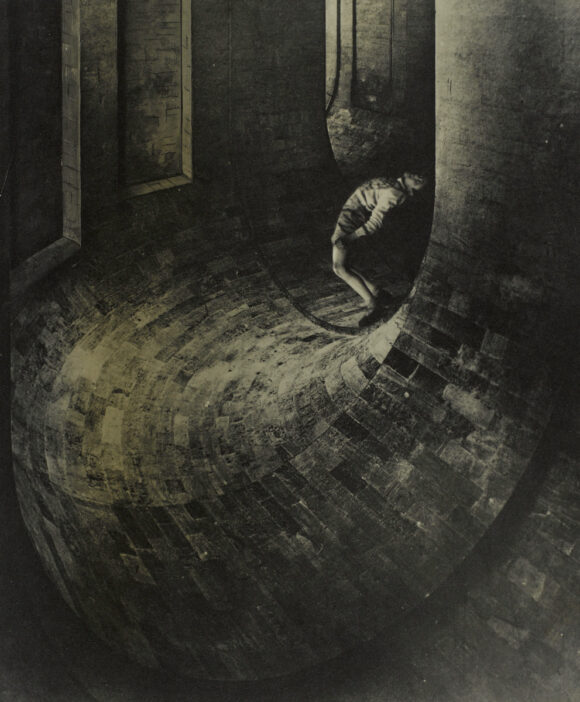
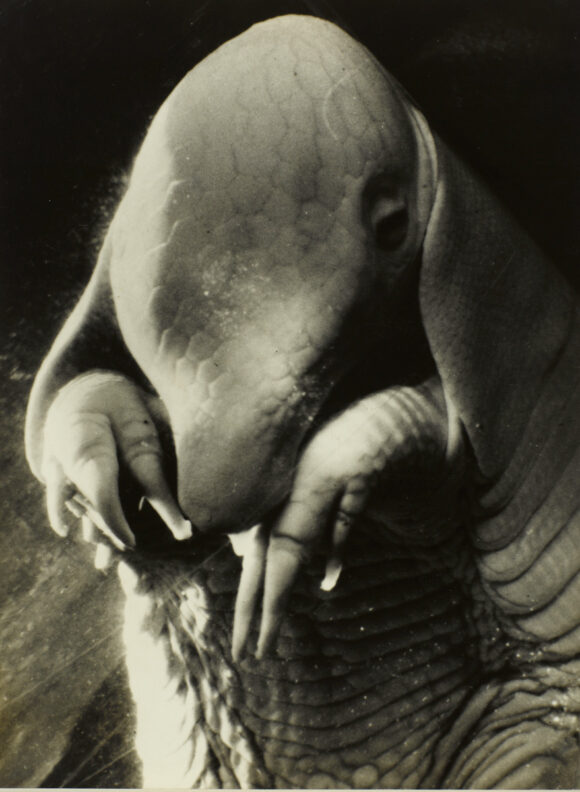
© à g. Le Simulateur, à d. Portrait d’Ubu © Adagp, Paris Photo, Centre Pompidou, MNAM-CCI / P. Migeat / Dist. RMN-GP

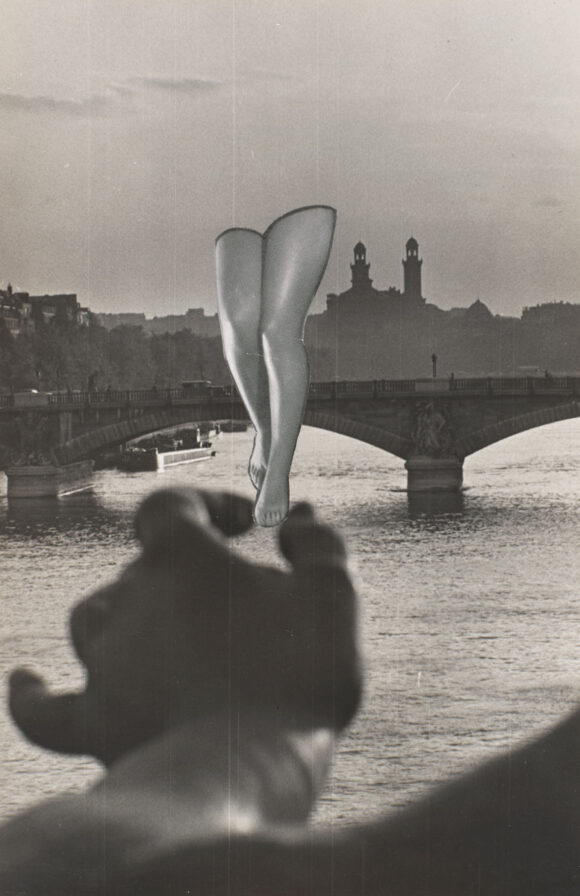
© à g. Mannequin étoile, à d. Sans titre © Adagp, Paris 2019, Centre Pompidou, MNAM-CCI / P. Migeat / Dist. RMN-GP
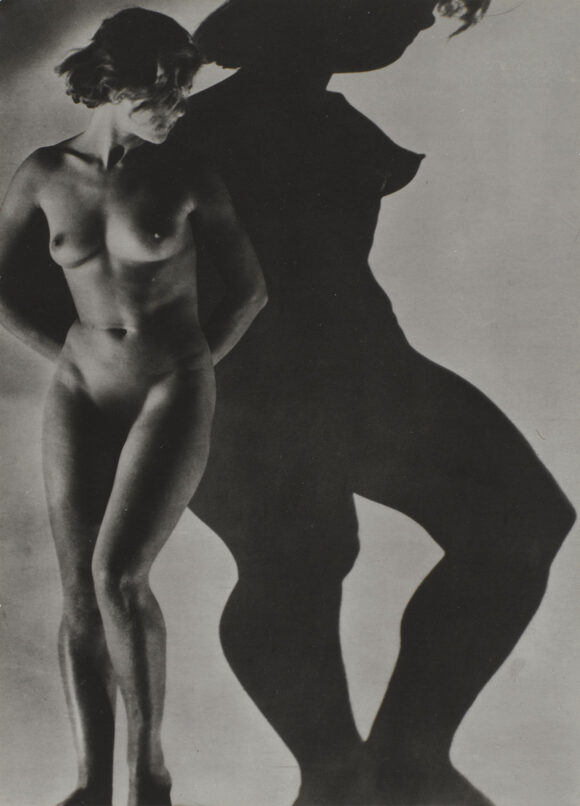
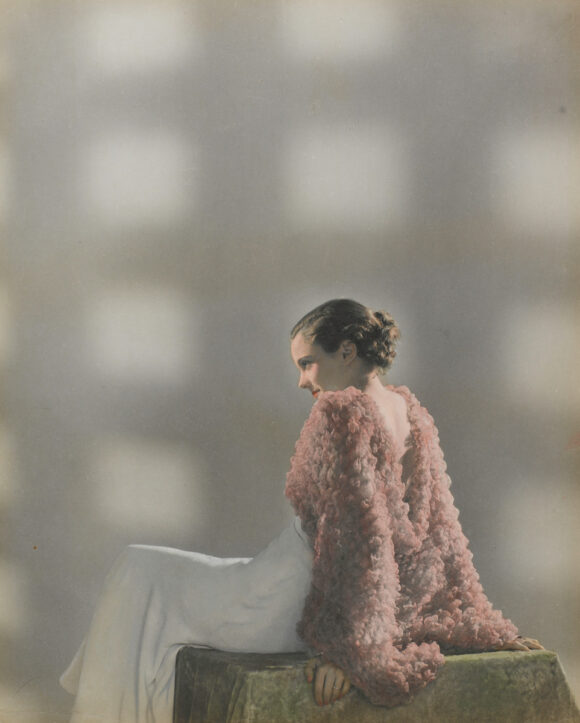
© Adagp, Paris 2019 / Centre Pompidou, MNAM-CCI / G. Meguerditchian / Dist. RMN-GP
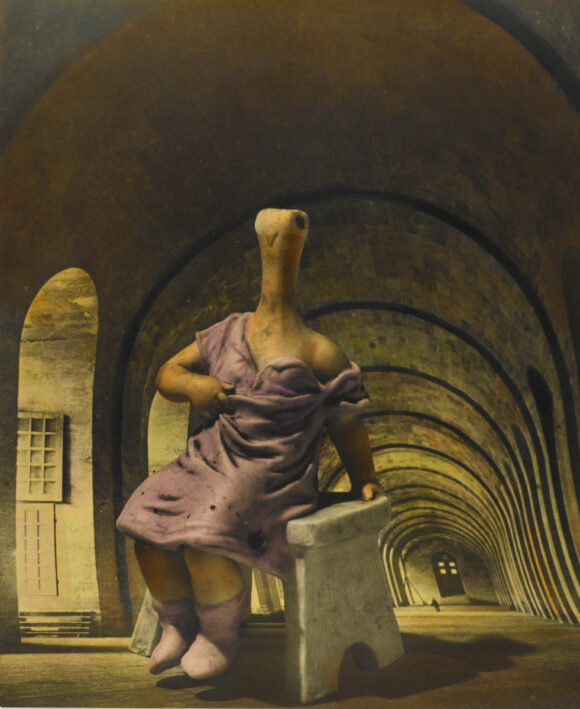
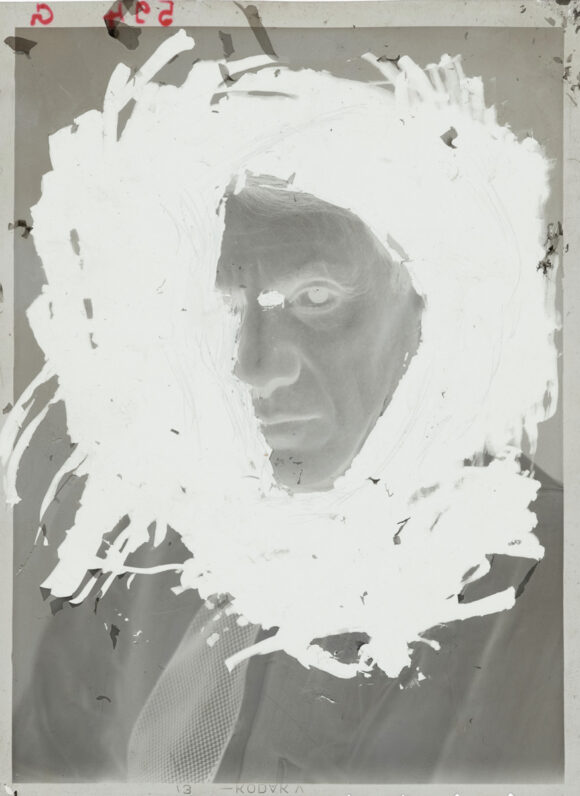
à g. 29 rue d’Astorg, à d. Portrait de Picasso, © Adagp, Paris 2019 / Centre Pompidou, MNAM-CCI / P. Migeat / Dist. RMN-GP
Brassaï, Dora Maar dans son atelier rue de Savoie © Adagp, Paris 2019 / Estate Brassaï – RMN-Grand Palais
Cover picture: Assia © Adagp, Paris 2019 / Centre Pompidou, MNAM-CCI / G. Meguerditchian / Dist. RMN-GP
